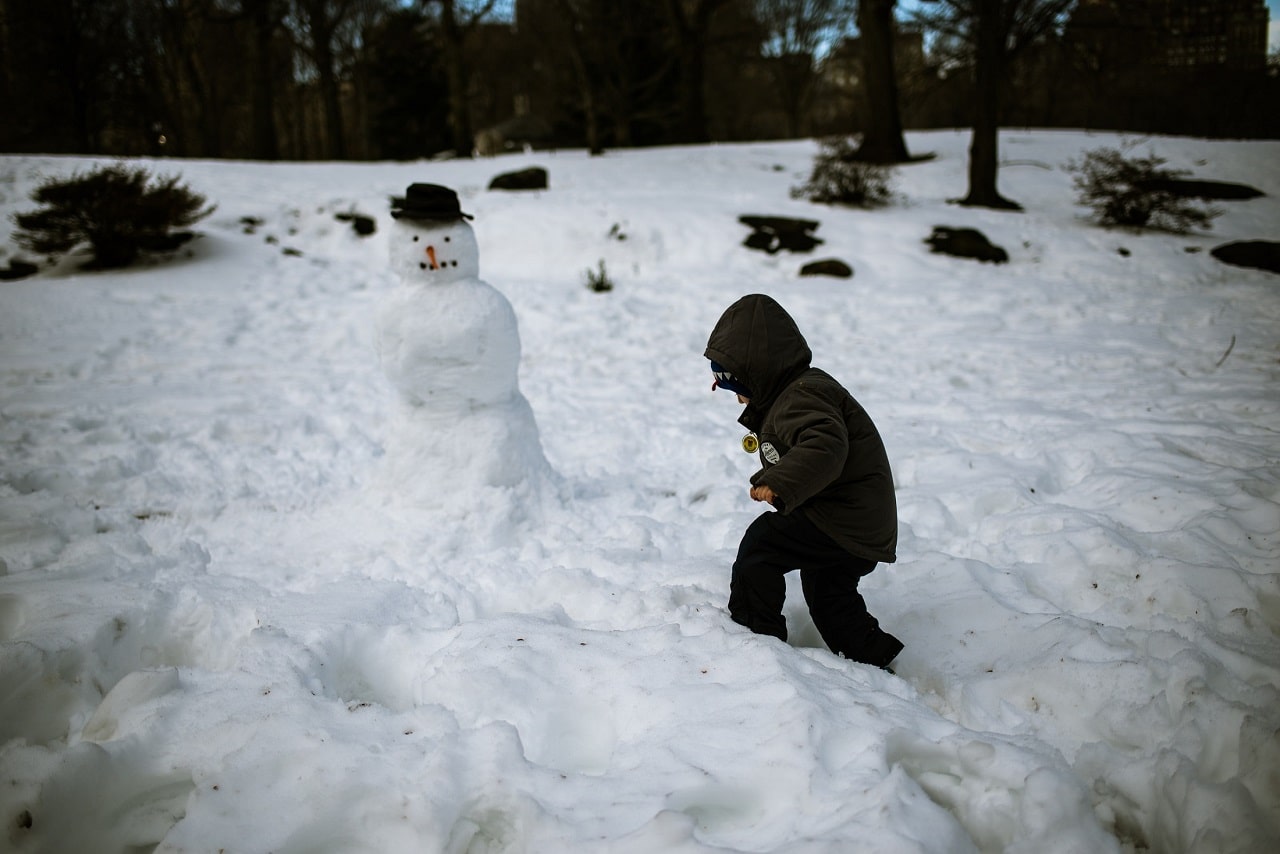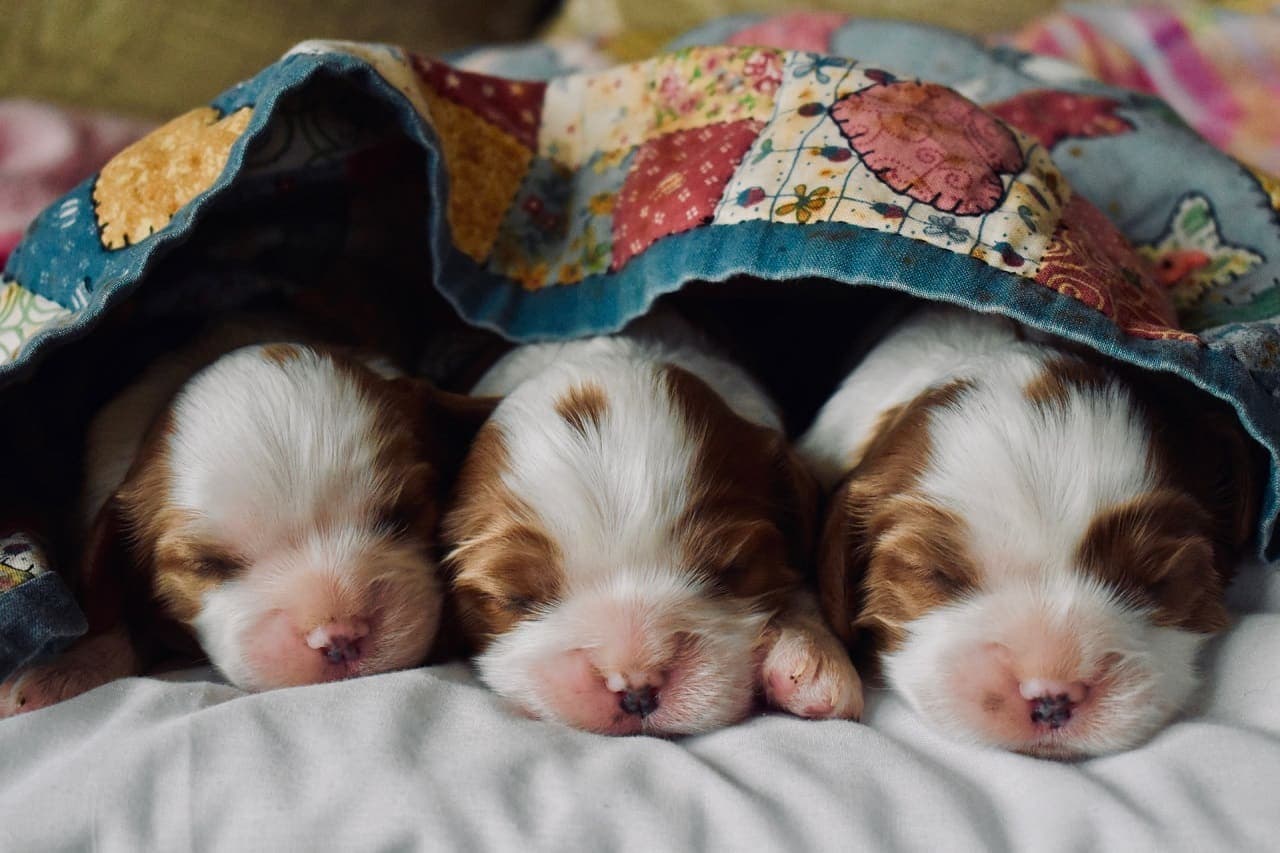
His name was Cristian Pavon, and he was 11 years old. He was found dead in his bed Tuesday morning, 23 February 2021, after playing in his first snow ever on Monday. It didn’t have to happen.
I’ve been nursing a slow rage for a few days since I first heard this story. I learned some new information about the situation today and, while it doesn’t change the outcome, it does mean I need to let go of the rage and practice some forgiveness. It also means I have a duty to pass on some information that may make a difference to you or someone you know in the future.
Cristian and his family lived in Conroe, TX, and like many in the state, they were without power for two days in single digit temperature. More details of the story can be found here, as well as many other news sites.
Little more than that was in the initial reports, and I was dumbfounded and angered that someone wouldn’t know the basics of what to do in such a situation. Because it didn’t have to happen. Did he eat after playing? Did he drink any water? Was he in bed alone?
Then I read the story in the Washington Post on Monday, 22 February 2021, that said Cristian’s family was suing their electric company and ERCOT. “Naturally,” I snarked as I began the article. The more I read, the more I began to understand what had happened. And I realized that I had pre-judged this family without having all the facts.
Mea culpa. Mea maxima culpa.
You see, I’ve spent more of my life in cold country than not. I’ve lived in Montana, Washington State, Colorado, New Mexico, and Amsterdam, in The Netherlands. I’ve traveled even more places. I saw snow in Jerusalem at the end of 1977, and -30°F in Wyoming when you could see ice crystals forming in the air. I’ve hiked, skied cross-country, snow camped, and was even a Girl Scout. Plus, I’ve listened to many a tale of others doing the same. So certain things — certain pieces of knowledge — are ingrained in me.
But this little boy and his mother were from Honduras. He’d never seen snow before in his short life. And it’s a pretty sure bet that his parents had never seen cold like this before. They put the two boys, eleven and three in one bed wearing several layers of clothes and blankets, and the two adults and the baby were in the other bed. They tried their best. But it wasn’t enough. The autopsy results haven’t been made public, but hypothermia is suspected, which means his body couldn’t make enough heat to stay warm.
There are things they could have done to improve his and the rest of the family’s chances, but they didn’t know them. In fact, to my knowledge, a lot of what I call basics were never mentioned on the news or social media. I’d like to go over a few of these now.
The Key is Body heat
The normal human body temperature is about 98.6°F. That is the result of all the cells in our body doing their various functions and generating heat as a byproduct. When we get too hot, we sweat, so the moisture can evaporate and cool us down. Most folks have heard of heat stroke and heat exhaustion, which happen when the body can’t cool down.
When we get cold, the body starts to draw the blood inward to the core. Our face, hands and feet get cold. We shiver as our body tries to get our muscles to produce heat. Our skin gets cooler to the touch as circulation is reduced. Our heart and brain slow down, and we get confused, irritable, clumsy, and sleepy. Finally, we quit breathing and our heart gives up. That is what happens with hypothermia.
Once you start shivering, you’ve started the downward slope. It is fairly easy to fix at that point. But when the shivering stops and confusion starts to set in, time is of the essence.
- Find shelter — get out of the wind. Those “Feels Like” temperatures, or Wind Chills, that weather people throw around are important. If the thermometer says 9°F but the Feels Like is -11°F, that means your body thinks it’s -11°F if you are in the wind. And that makes it harder to warm up and stay there.
- Get dry — get those wet clothes off! As long as you are wet, your body will be trying to warm up that moisture as well as itself. Put on dry clothes and/or wrap in dry blankets, dry towels, etc.
- Drink something — hot if you can. Room temperature is better than chilled. If you don’t have a way of heating water or snow, sugary drinks are the next best thing. You need calories to generate heat, and sodas and juices have that! (See note below for alcohol.)
- Eat something — again, hot is better, but if you don’t have a way to heat something, go for easy to digest and calories. Your body needs fuel to function. Pop Tarts. Cookies. A cold can of SpaghettiOs™ can jumpstart your system if you haven’t eaten in a while. If blood sugar is a concern, follow up with your nuts, and protein, and watch your levels. But you need calories; this is not the time to “burn fat”.
- Conserve and share — body to body contact is the best way to bring someone’s temperature up without risking further damage. Or to maintain it. Skin to skin is best, but if you just can’t, underwear or light-weight pajamas are the most you want between you. Whether you spoon front to back, or embrace front to front, entwined your legs and share your heat. Pile all the extra clothes and blankets on top of you. And the more the merrier! This is not the time for modesty, folks — we’re talking survival.
Many of these steps can be done at the same time.
In the tragedy that started this piece, I suspect the two biggest contributors to the child’s death in dealing with the cold were wet clothes, and too many clothes between him and his brother. After playing in the snow, at least some of his clothes were wet, from snow or sweat or both. And his little body needed outside help to warm up. It would have been best if all five of them had been in one bed, in just pajamas or underwear, and all the blankets and extra dry clothes piled on top. If there wasn’t room, I would have put one adult with the baby and one with the two boys, sharing body heat as described above. Sadly, these were “common knowledge” steps that aren’t so common. His family didn’t know. and no one told them.
“But what about a hot bath?” I can hear someone asking. “That’s what they do in the movies & TV.”
The possibility wasn’t available in this scenario. But even if it were, it’s not as easy as you think. It is critical that the water not be too hot. Not only can you scald someone, but if they have frost bite, you can do more damage to those areas by warming them up too fast. That said, friends of mine did use their tub to save a man whose sailboat capsized in 46°F water offshore from their house. At the time, medical assistance was also over 30 minutes away.
“And what about my toddy?” OK, I did promise to address alcohol.
“Spirits” as they used to call them have been used for centuries to help warm cold bodies. But alcohol is a two-edged sword, and isn’t as effective as history implies, whether as mulled wine, Irish whiskey, a hot buttered rum, or any other toddy. The problem is that alcohol relaxes the blood vessels, sending warm blood to all parts of your body, including the surface of your skin. So it makes you feel warm when you aren’t, and at the same time counteracts the body’s mechanism of trying to conserve heat by drawing blood to the core. Leave the alcohol for when you are already warm and out of danger.
Other survival stories were aired during and after the storm. People used their vehicles to stay warm and charge their phones. Some vehicles (mostly pickups) now have 110v AC outlets, which people used to run medical equipment, like oxygen. I even saw a clever radiant heater made from tea candles and a clay flowerpot on Facebook.

I simply wanted to point out here some basics that I learned as a child, and which I now know are not general knowledge. Books have been written on the various things you can do to survive in all sorts of conditions. Emergency kits and survival kits can be purchased from the Red Cross and others. Take advantage of those resources.
You don’t have to be a full-on prepper of the Zombie Apocalypse to have things like extra food, water, and batteries on hand. Take a look at the many suggested lists available and talk to your families, your friends, and your neighbors. Share your knowledge and experiences with one another. Emergencies bring out the worst and the best of humanity. It is that second part, when we work together, that makes a society great. And that can prevent tragedy’s like this one.
Grace, Peace and more hugs to you!